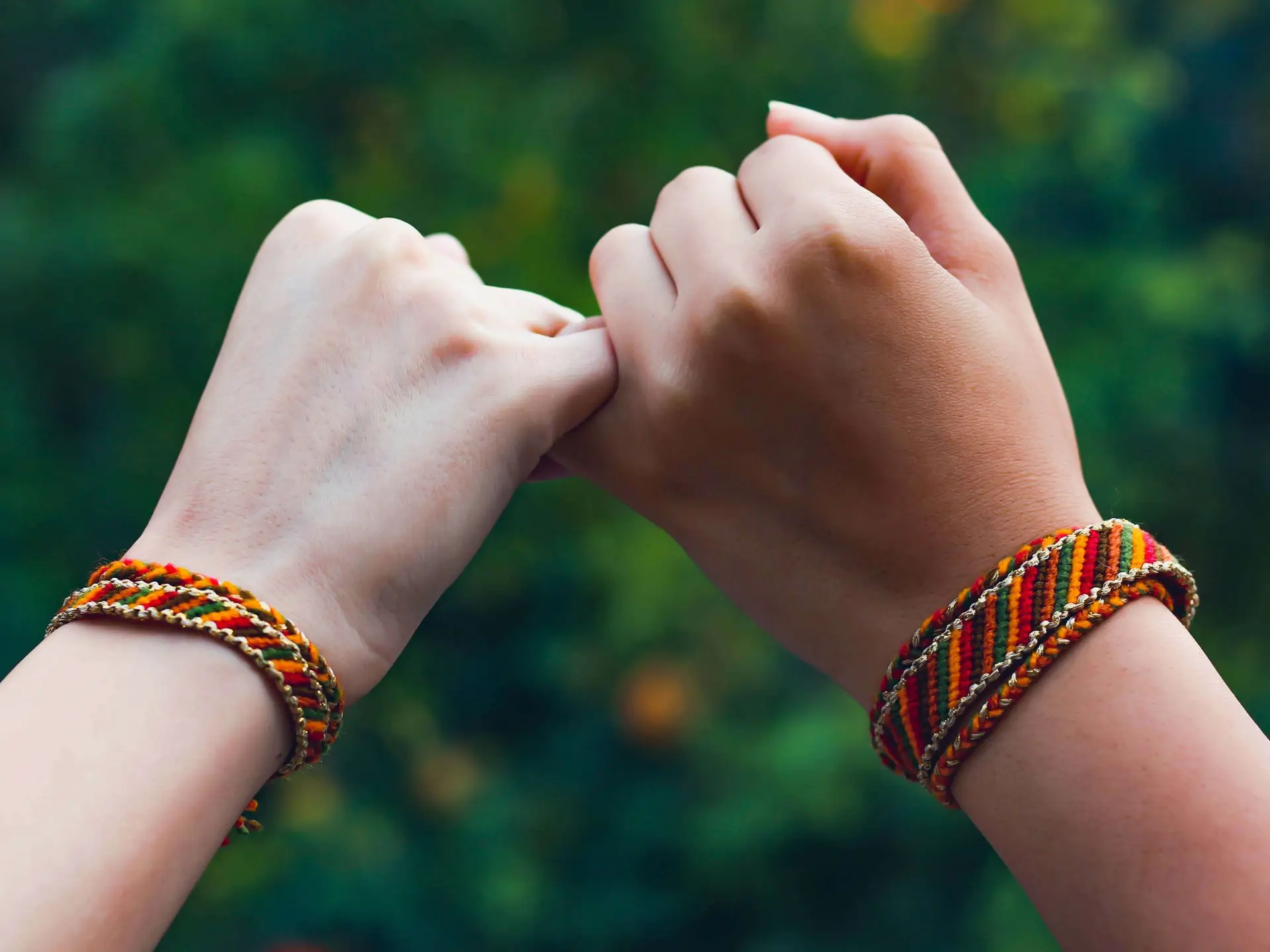As a parent, you may have noticed your child wearing stacks of colorful bracelets on their wrist. They may have even gifted a few to their friends, but have you ever wondered about the origin and history of these seemingly simple accessories? Friendship bracelets have been around for decades and have played an important role in many cultures and societies. In this blog post, we will unravel the fascinating history of friendship bracelets and understand why they hold such a significant place in our hearts.
Ancient Cultures and Symbols
First, friendship bracelets have been around for centuries. Historians think they originated from Central and South America, where they were invented by the indigenous people. These bracelets are made using a simple knotting technique, also beautiful patterns are created using brightly colored fibers or string. The bracelets are worn as a way for people to show their love and affection towards one another.
Hippie Culture and the Rise of Macramé
In the 1970s, the hippie culture embraced the bohemian lifestyle, and friendship bracelets became increasingly popular amongst these groups. Macramé is a decorative form of knotting which consequently allows for more intricate and complex patterns to be created. People created them using embroidery floss, beads, and charms, and were worn as a form of self-expression.
Global Appeal and Modernization
In the 1980s and 1990s, friendship bracelets became a global phenomenon, and people from all over the world started creating and wearing these bracelets. Because of the internet and social media, it became easier for people to share their designs and ideas, leading to the modernization of the bracelet-making process. Today, friendship bracelets come in a variety of materials, including leather, nylon, and metal. They can be customized with initials, birthstones, and other personal touches.
Symbolism and Significance
Friendship bracelets hold a special place in many cultures and societies. They are often worn as a symbol of connection between two individuals. Basically, they represent friendship, love, and loyalty, and are given as a token of affection or goodwill. Additionally, in some cultures these bracelets are believed to have protective properties. Consequently they are worn to ward off evil spirits or misfortune.
Teaching the Art of Making Friendship Bracelets
Finally, Making friendship bracelets is an art form enjoyed by people of all ages. It is an activity that promotes creativity, patience, and mindfulness. Teaching your kids to make friendship bracelets can be a fun way to bond with them. Also, bracelet making will foster expression. Therefore, creating an opportunity for them to share their creations with their friends and spread kindness and positivity.
Conclusion
Friendship bracelets have a fascinating evolution from ancient cultures to modern symbols of connection. Teaching kids to create them cultivates creativity and enduring bonds with Troomi. Learn more, here!


